
Bill 5: a guide to Ontario’s spring 2025 development and mining legislation
The public has a few days left to comment on Doug Ford’s omnibus development bill....
Parks Canada says Ontario would be violating an agreement between the federal and provincial governments if it goes ahead with plans to open up parts of the Greenbelt for development.
In a letter sent to the Ontario government and a legislative committee, viewed by The Narwhal, Parks Canada said the agreement mandates the province to consult before changing the boundaries of the Greenbelt. It was penned for the protection of Rouge National Urban Park, at the eastern edge of Toronto, which borders a portion of the Greenbelt in Pickering, Ont., called the Duffins Rouge Agricultural Preserve. The preserve is among the areas set to be removed from the Greenbelt.
Ontario hasn’t yet consulted Parks Canada about the removals, said the letter, dated Nov. 29 and signed by Omar McDadi, a field unit superintendent at Rouge National Urban Park. If Ontario goes ahead with the changes to the Greenbelt, it would violate that agreement and likely hurt Rouge National Urban Park, species at risk and farmland, Parks Canada said.
“Should these lands be removed from the Greenbelt and developed as proposed, Parks Canada’s analysis suggests that there is a probable risk of irreversible harm to wildlife, natural ecosystems and agricultural landscapes within Rouge National Urban Park,” said the letter.
Another complicating factor: the Ontario government has also made verbal promises in the past to transfer part of the agricultural preserve to Parks Canada, the letter said.
“We request a meeting with the province … to discuss the Greenbelt land removal and development proposal at your earliest convenience,” the letter closed.
Melissa Candelaria, a press secretary for Ontario Minister of Natural Resources and Forestry Graydon Smith, did not answer detailed questions from The Narwhal, but said in an email that the federal government should be working with Ontario to tackle the housing crisis.
“To say that there is a probable risk of irreversible harm to wildlife and natural ecosystems is incorrect,” Candelaria said, noting that any development would still have to comply with Ontario’s endangered species law, which the Progressive Conservative government has weakened twice.
In a statement, Parks Canada did not answer questions about the contents of the letter, but said it’s a “technical response” to the proposed changes to the Greenbelt and was sent to the Ontario government on Dec. 4.
“Parks Canada looks forward to productive discussions on the issue with the province,” the statement said.
The impacts to Parks Canada compel the federal government to intervene, said Phil Pothen of the charity Environmental Defence. Federal Environment Minister Steven Guilbeault recently warned the provinces that Ottawa plans to put the brakes on development that harms endangered species, saying “the party is over.”
If Ottawa is serious about that, the federal government should take the province to court to enforce Ontario’s agreement with Parks Canada, Pothen said.
“The federal government needs to play hardball,” Pothen added.
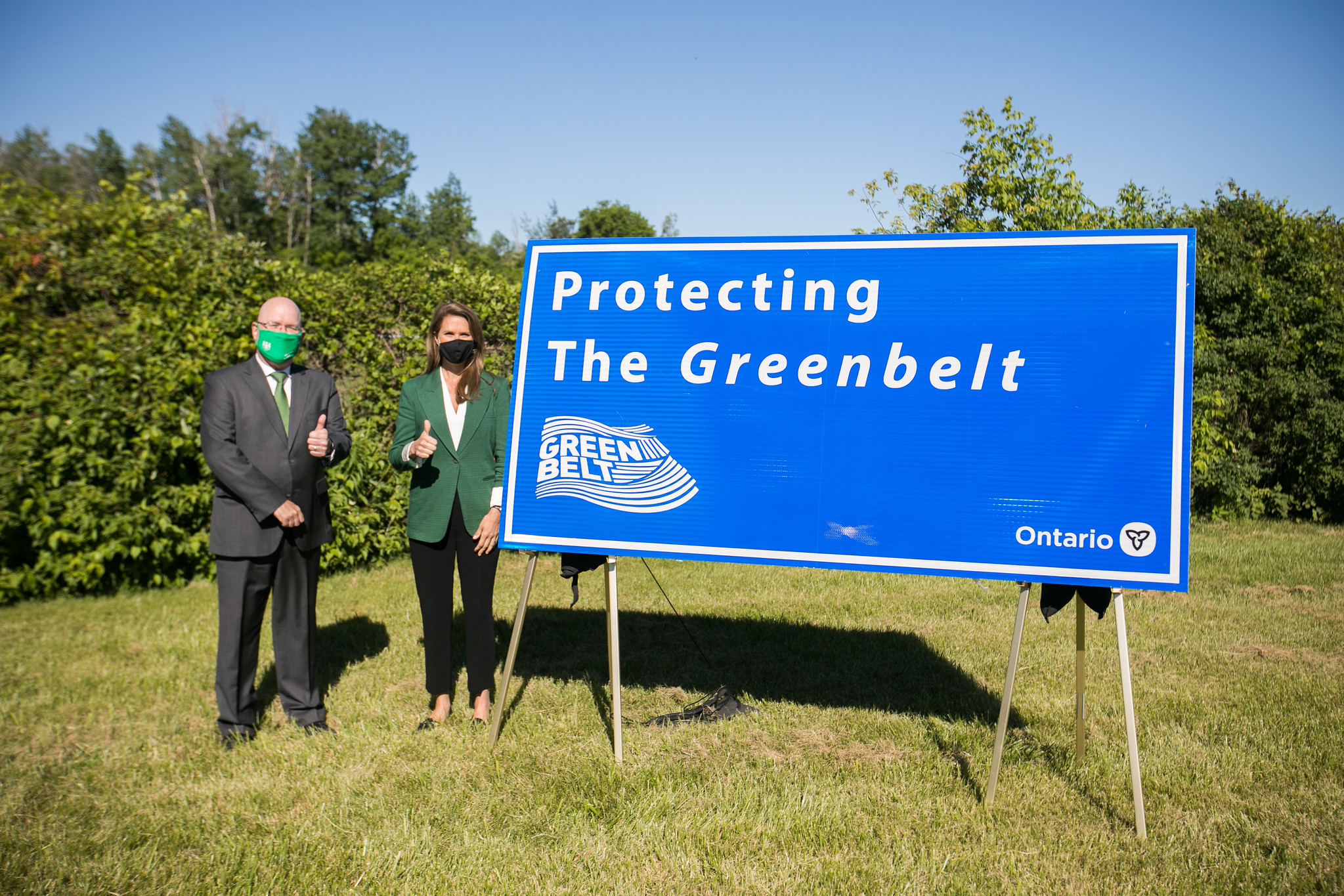
Oliver Anderson, Guilbeault’s director of communications, confirmed the authenticity of the Parks Canada letter but said Parks Canada sent it independently. The federal government is waiting to see how the province responds, he added.
“I don’t think there are any what ifs here that we would engage,” Anderson said.
The Ontario government has proposed opening up 7,400 acres of Greenbelt land for development, a large chunk of which would come from the Duffins Rouge Agricultural Preserve. Municipal Affairs and Housing Minister Steve Clark has said the move will help it build 50,000 homes and lessen the province’s housing crisis — though the province’s housing affordability task force said earlier this year that cutting into the Greenbelt isn’t necessary.
The province has also pledged to add 9,400 acres of other land to the Greenbelt to make up for the areas where it plans to remove protections and allow development. Some of that would come from urban river valleys that were already publicly owned and couldn’t be used for construction. The rest would come from a portion of a larger landform west of the Greater Toronto Area called the Paris-Galt Moraine — farmland there is already protected through other mechanisms.
The changes aren’t final yet, but could go through at any time. At least 20 protests against opening the Greenbelt were held over the weekend across the province, with hundreds of Ontarians turning out to ask the government to reconsider.
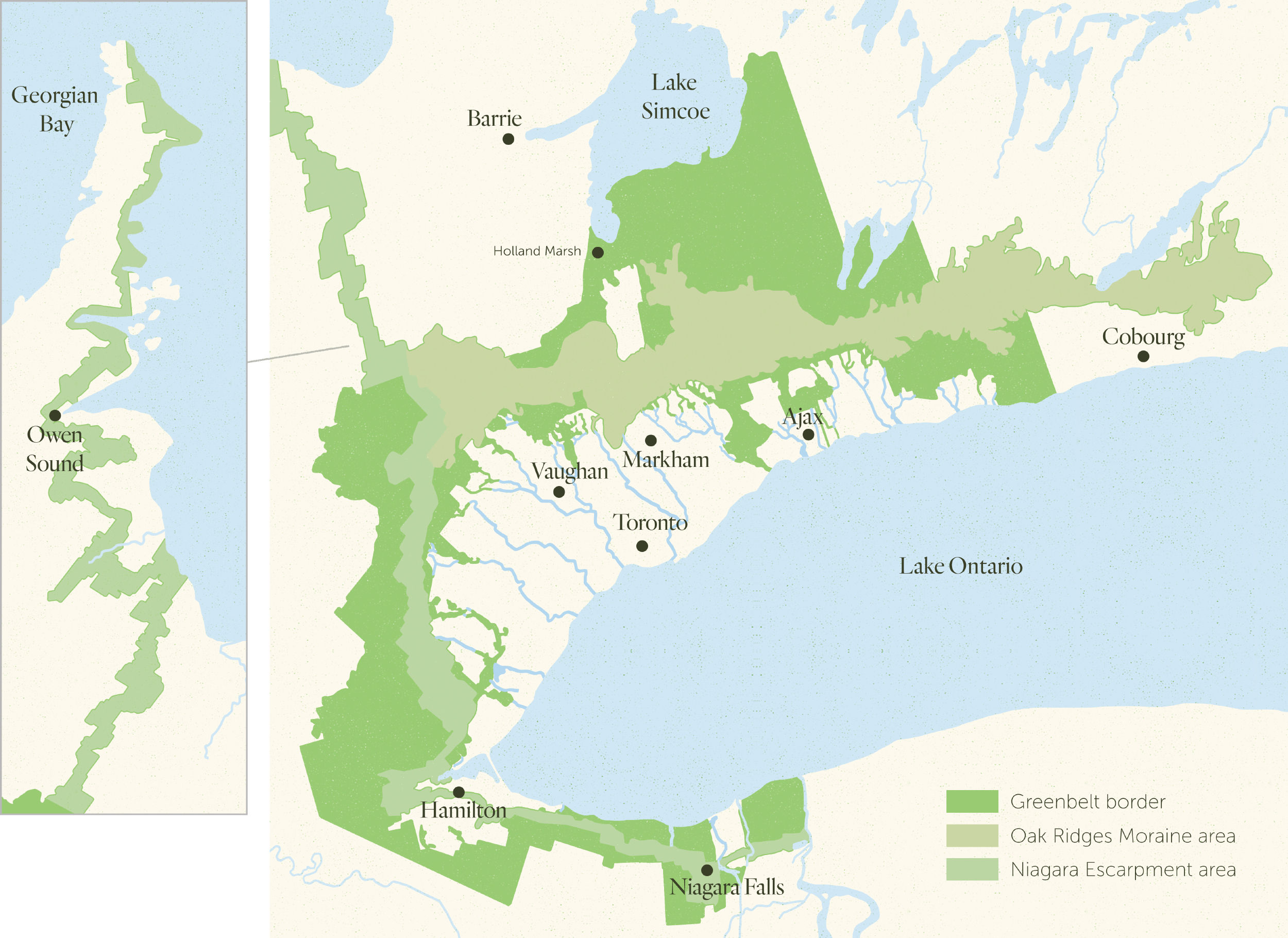
Ontario NDP housing critic Jessica Bell said Parks Canada’s letter is another sign that the government didn’t do proper consultations before proposing the Greenbelt land swap.
“The government has launched an attack on the Greenbelt,” she said. “It will be Ontarians that pay the price.”
The Duffins Rouge Agricultural Preserve has long been one of the most contentious parts of the Greenbelt, which the province created in 2005 — a prime location scoped out by developers, but also a place with enormous ecological importance.
Prominent developer Silvio De Gasperis, a longtime donor to Premier Doug Ford’s Progressive Conservatives and the owner of the TACC Group of construction and development companies, is listed as a director for companies that own over 1,300 acres of land in the preserve, The Narwhal and the Toronto Star found in an investigation published last month. That land is now slated to be removed from the Greenbelt and opened for development.
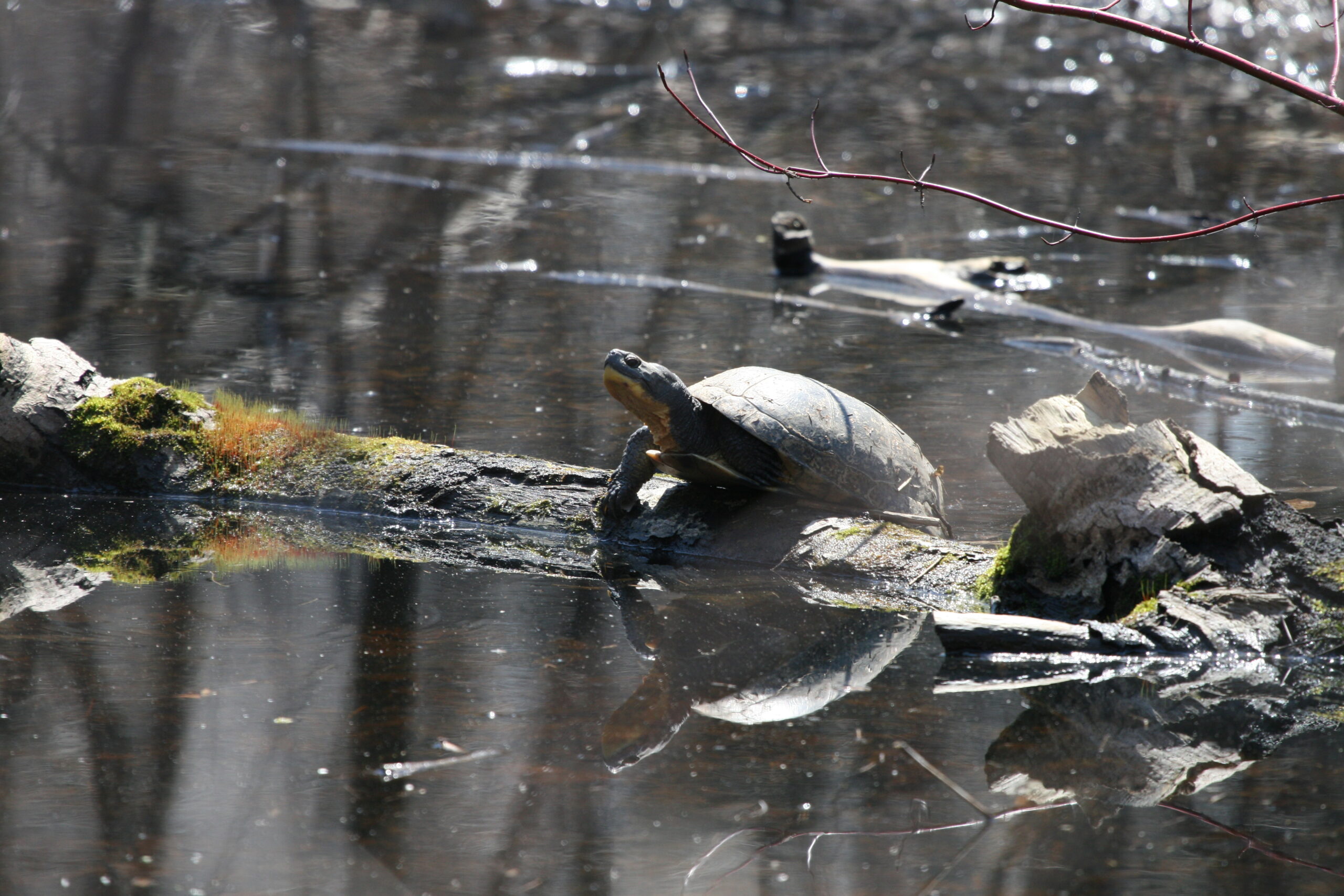
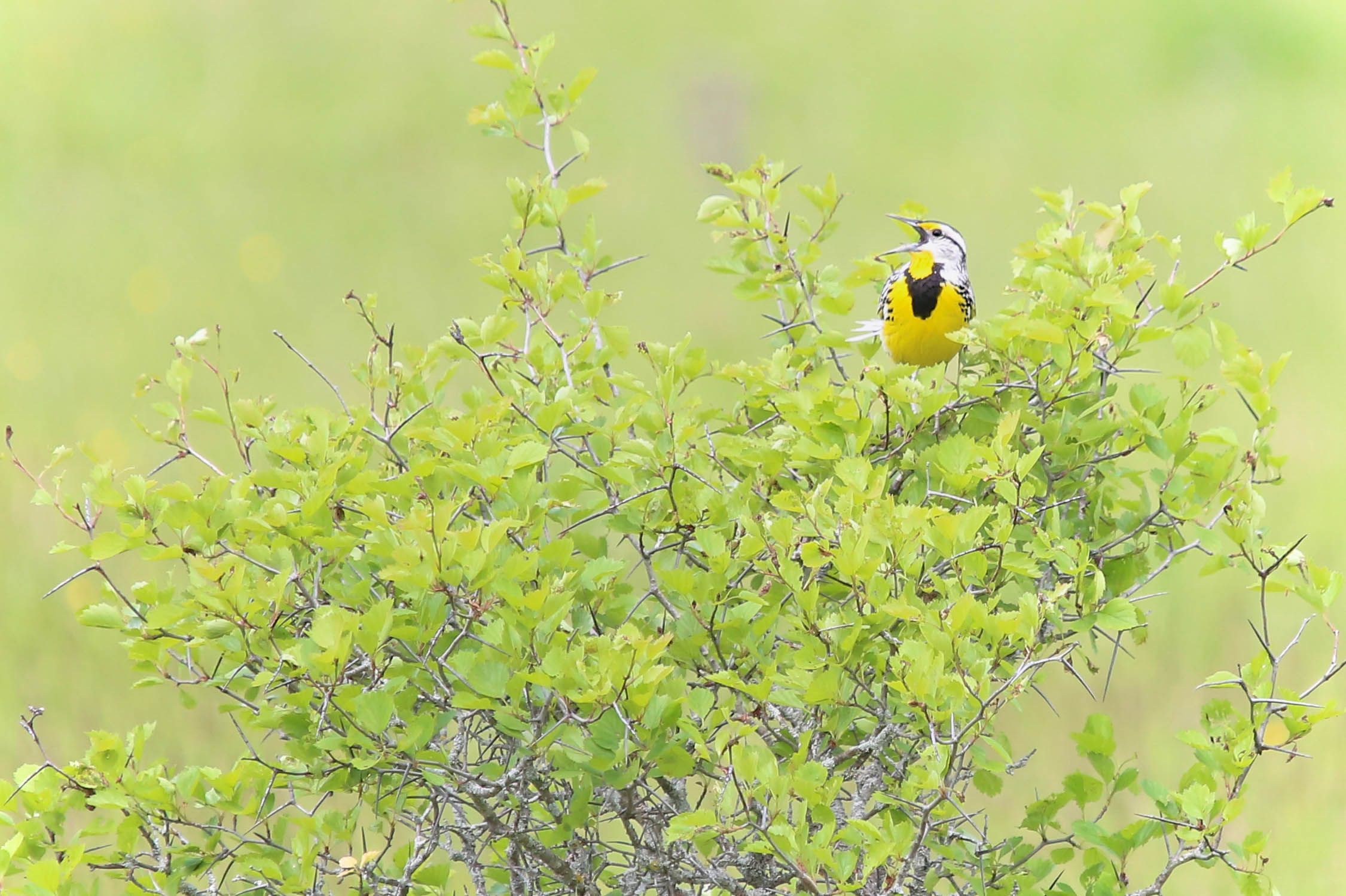
The preserve — along with Rouge National Urban Park — make up the last intact corridor between Lake Ontario and the Oak Ridges Moraine, another part of the Greenbelt that marks the headwaters of more than 30 rivers.
The preserve also borders a section of the park known as the Townline Swamp Wetland Complex, “arguably the most ecologically sensitive area” of the park, the letter said. It’s home to “dozens” of protected species, including the Blanding’s turtle, bank swallow, eastern meadowlark, wood thrush, red-headed woodpecker, monarch butterfly and several types of bats.
The Blanding’s turtle, a threatened species, is of particular concern, Parks Canada said in the letter. Since 2014, the park has worked with First Nations, the Toronto Zoo and the local conservation authority to release more than 500 of the turtles into the wetland complex. “While turtles are released in Rouge National Urban Park, these species move in an unrestricted fashion between the park and the adjacent Greenbelt lands,” the letter said.
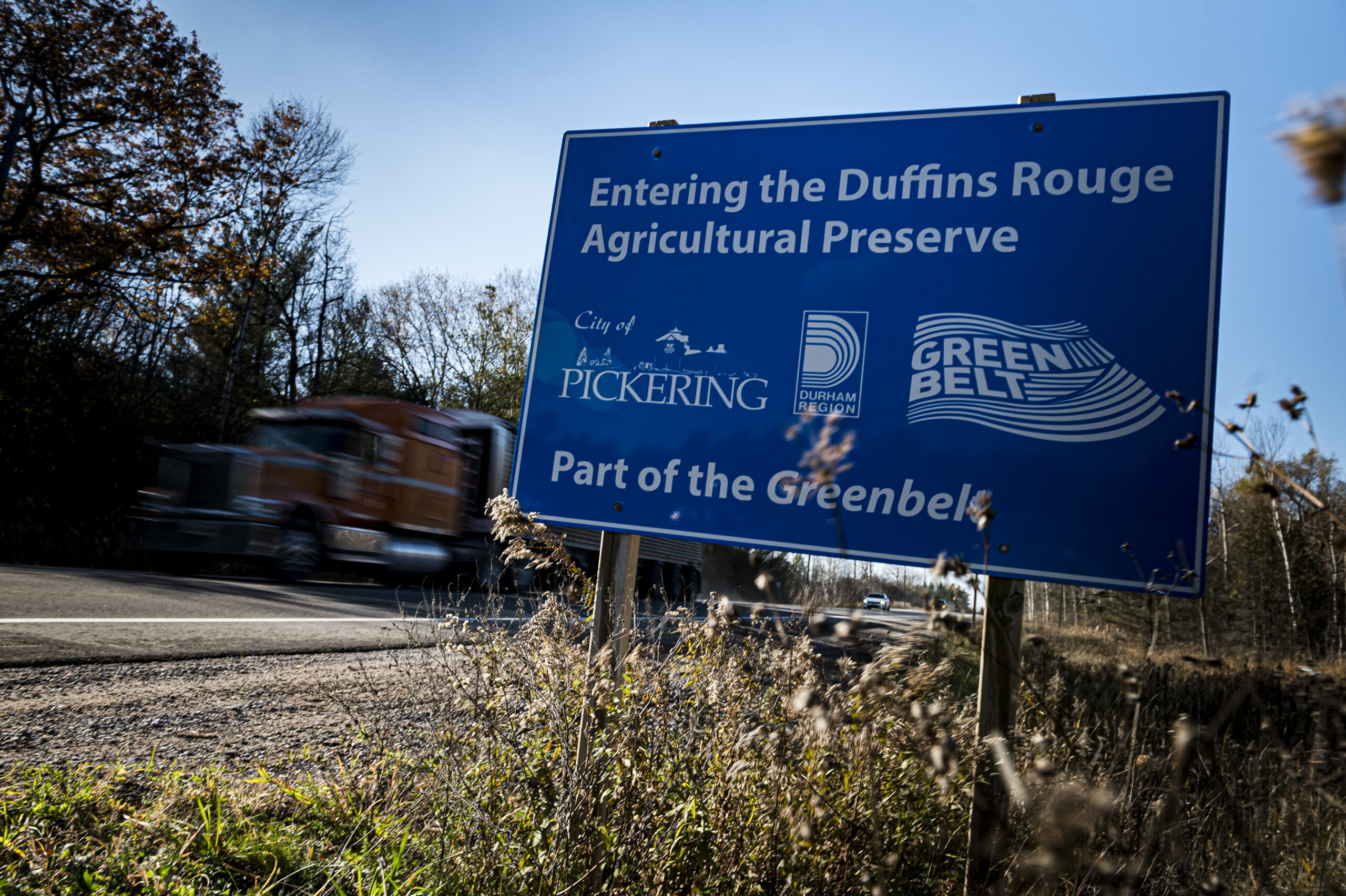
Development on those lands could cause a “cascading effect on the quality of habitat in Rouge National Urban Park” and “may also increase the likelihood of flooding” in the region, the letter noted. Parks Canada said it’s also concerned about how the changes could affect farming in the area and 10 First Nations involved in the Rouge National Urban Park First Nations Advisory Circle.
In 2015, Mississaugas of the Credit First Nation submitted a land claim covering the Rouge River Valley to the federal and provincial governments. It overlaps the boundaries of Rouge National Urban Park and the Duffins Rouge Agricultural Preserve.
Pothen said the letter confirms that the Duffins Rouge Agricultural Preserve is a “crown jewel” of the Greenbelt.
“The land Ontario has targeted for destruction is not superfluous,” Pothen said. “This is an extraordinarily dangerous situation for the entire Greenbelt.”
Updated Dec. 5, 2022, at 7:00 p.m. ET: This article was updated to include a statement from Parks Canada.
Updated Dec. 6, 2022, at 3:54 p.m. ET: This article was updated to include a statement from the Ontario government.
Get the inside scoop on The Narwhal’s environment and climate reporting by signing up for our free newsletter. On a warm September evening nearly 15...
Continue reading
The public has a few days left to comment on Doug Ford’s omnibus development bill....

115 billion litres, 70 years to fix, $5.5 billion in lawsuits

Climate change, geopolitics and business opportunities power a blue economy
